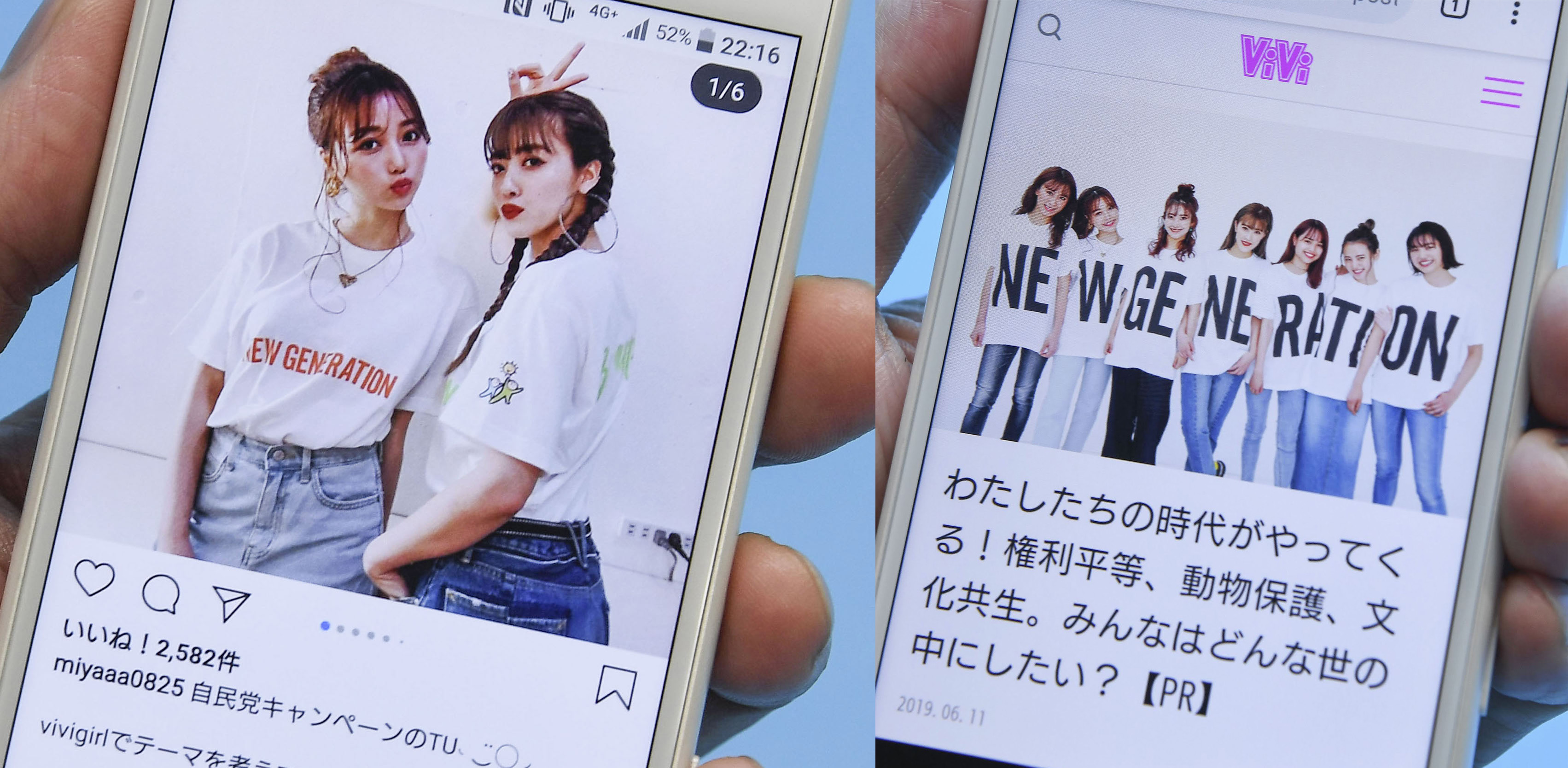In the June 15 book review section of the Asahi Shimbun, University of Tokyo professor Shigeki Uno discussed several new books about changing political sensibilities in Japan. He writes that the traditional ideological conflict has always been between hoshu (conservatism) and kakushin (reformism), whose respective adherents tend to fight over things like constitutional reform and national security. Today’s young people see the face-off differently. To them, kakushin basically means “change,” but they don’t think about the direction of that change. Instead, they focus on its impact on “vested interests.”
Consequently, their view of existing political parties differs from that of their elders, who consider the Japanese Communist Party (JCP) as being reformist and the ruling Liberal Democratic Party (LDP) conservative. People under 30, however, see the JCP as being conservative and the somewhat reactionary Ishin no Kai reformist. Policy positions are not as relevant as the perceived capacity to shake up the system.
This tendency hasn’t been lost on the LDP, which is definitely trying to take advantage of it ahead of next month’s Upper House election. At the end of April, the LDP released a video featuring Prime Minister Shinzo Abe communing with a teenage BMX rider and hip-hop artists, insisting he wants to “create the future” with them. The party also commissioned artist Yoshitaka Amano of “Final Fantasy” fame to design a poster for it based on a manga-like “Seven Samurai” motif.



